Cash
Through a current account
In installments through the PIO fund for pensioners
Electronic card (Visa, Master, Dina, etc.)
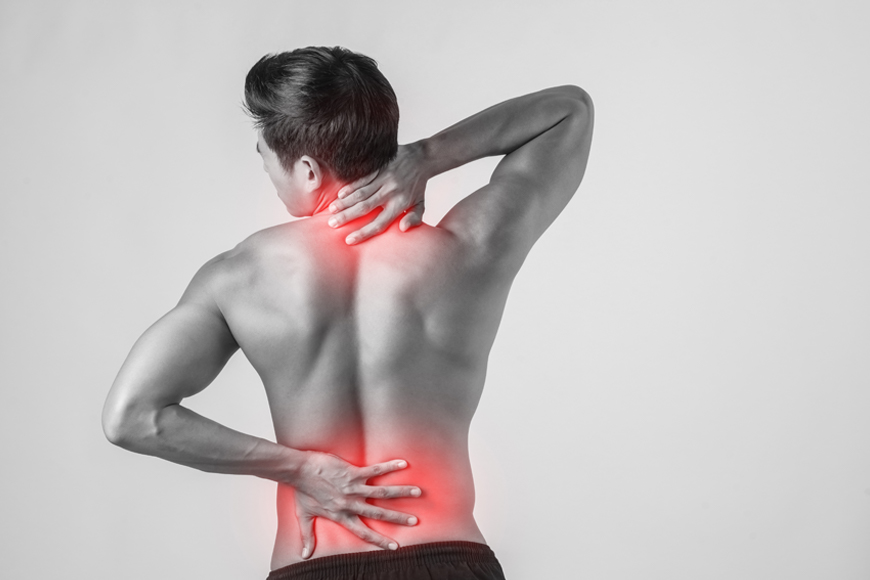
SPECIAL DISCOUNT
50% discount and hernia disc treatment package at a super affordable price of 4,800 rsd (instead of 9,600 rsd). Heal a herniated disc quickly and effectively. Make an appointment now!
The knee is one of the most complex joints in the human body. The knee joint is the largest joint in the human body that bears the greatest load. The knee is the joint that connects the thighs to the lower leg and consists of two articulations: one between the femur and the tibia and one between the femur and the patella. The knee is a very complex joint that allows for flexion, extension, as well as slight medial and lateral rotation.
Our habits and way of life have led to the fact that every person feels knee pain at least once in his life. Pain in the knee can be either mild or severe, acute or chronic. It occurs when moving, but also in a state of rest.
If not treated in time, there may be permanent damage to the articular cartilage and a negative impact on the entire knee and the body as a whole. If your knee cracks or creaks, you have swelling, you have difficulty moving, you feel warmth, you have instability in your knee, it is very important to contact your doctor immediately.
Knee pain is most often caused by sports activities. Due to the overstrain of the ligaments during a bad landing, serious knee injuries can occur.
Ligament injuries occur when the stability position of the knee joint is exceeded. A sudden change of direction while running, landing, etc. results in tearing of the anterior cruciate ligament of the ACL.
Very often, a loud sound is heard with a knee injury, which is a sure sign that a serious knee injury has occurred. Athletes very often finish a sports match after such injuries, but when the joint cools down, they feel severe pain and difficulty moving.
Gonarthrosis is a degenerative disease of the knee joint, accompanied by cartilage deterioration. The main symptom of gonarthrosis is pain in the knee that occurs when moving, mostly when walking down or up stairs. The patient feels pain in the knee, and swelling may occur later. Pain in the knee increases during physical activities, and decreases during rest.
Knee swelling is a typical symptom that occurs due to the accumulation of excess fluid in the knee joint. Knee arthrosis is one of the potential causes of water in the knee, and it is basically an inflammatory process in the knee.
As a result of inflammation of the knee, the symptom of a feeling of heat in the knee joint also appears. Knee stiffness can occur in the morning or after sitting for a long time.
Decreased mobility of the knee joint is a symptom that is particularly pronounced when getting up from a chair or getting out of a car.
In general, the causes of knee pain can be injuries, inflammatory or degenerative processes. In younger people who play sports, the most common cause of knee pain is injuries to the meniscus and/or ligaments. In elderly people, the reasons are various degenerative or inflammatory diseases (rheumatoid arthritis and other inflammatory conditions).
There are several possible causes of knee pain:
Sprained ligaments - with sprained ligaments, moderate pain is felt on the inside of the knee, without pronounced swelling and bruising. The knee is stable. When pressing, the pain intensifies;
Partial tearing of the ligaments - there is pain that increases with movement. Appears The knee is stable. With this type of injury, stopping movements, changes of direction and external forces that the muscles cannot absorb because they are too sudden or strong are particularly dangerous;
Complete tearing of ligaments - severe pain occurs. Walking is significantly more difficult. The island is present. The knee is unstable. In most cases, the sternum of the anterior cruciate ligament occurs;
Meniscus injury - ear injury occurs in frequent traumas and in larger rotational movements of the knee. Injury can occur when squatting for a long time, that is, when the knee is more bent. In addition to pain, limited movement in the knee, possible redness and swelling, one of the reliable symptoms that indicate a meniscus injury is the inability to fully straighten the leg.
Damage or loss of cartilage (arthrosis) - most often occurs in people over 40 years of age, although it can also occur earlier. Knee arthrosis occurs more often in women.
Excess weight - represents an additional load on the knees and one of the main causes of knee pain.
Genetic predisposition - genetic or hereditary factors can also be the cause of knee pain.
Repetition of microtrauma of the joint - injuries in athletes or people engaged in heavy physical work are also possible causes of knee pain.
Knee injuries must first be diagnosed and determined by a clinical examination by a specialist doctor. In addition to the clinical examination, it is necessary to perform an X-ray of the knee, an ultrasound scan and, if necessary, an NMR (magnetic resonance) of the knee.
It is very important to start knee physical therapy as soon as the first symptoms of knee pain appear. Please call us as soon as possible when you feel pain in your knee that has been bothering you for more than two days.
Treatment of shoulder pain is most often performed using:
Treatment of gonarthrosis
Gonarthrosis is best treated at an early stage. It is treated by applying physical therapy and reducing the patient's body weight. Physical therapy aims to reduce pain, as well as to strengthen the weakened muscles of the upper leg. The main goal of physical therapy is to improve circulation in the knee joint and to soothe inflammation and reduce swelling. After the painful phase of physical therapy, physical exercises aimed at activating the upper leg muscles are applied.
Cash
Through a current account
In installments through the PIO fund for pensioners
Electronic card (Visa, Master, Dina, etc.)
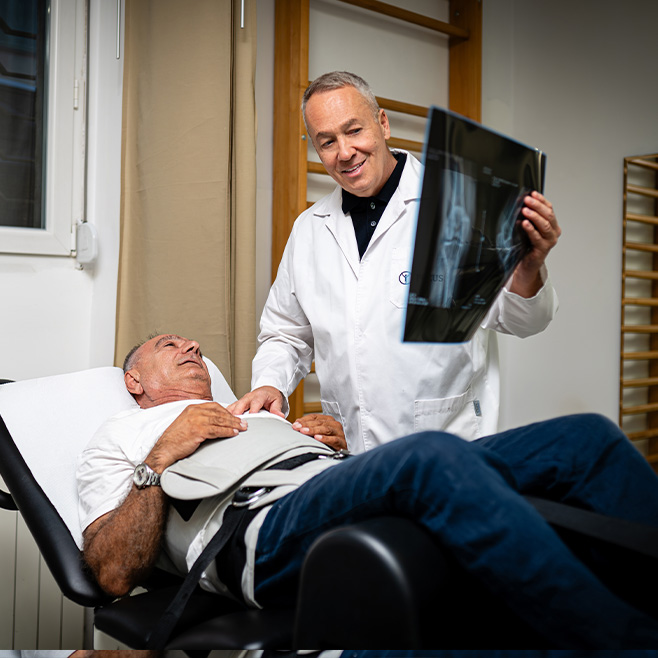
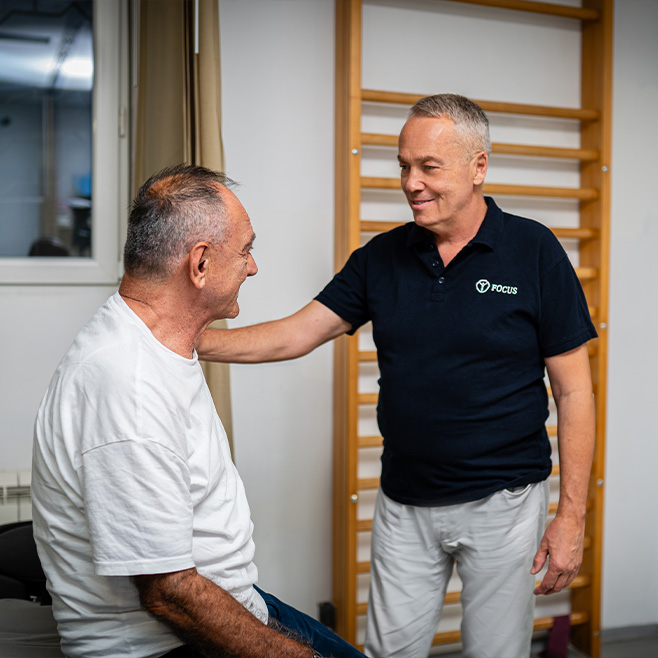
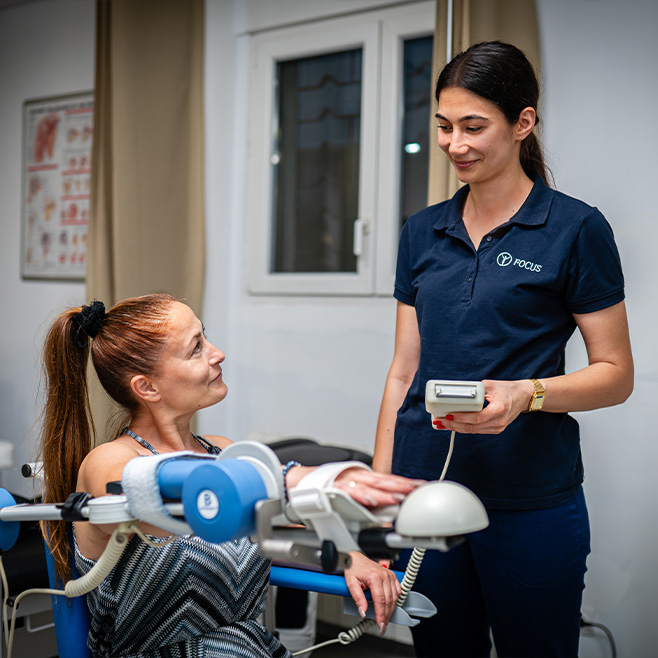
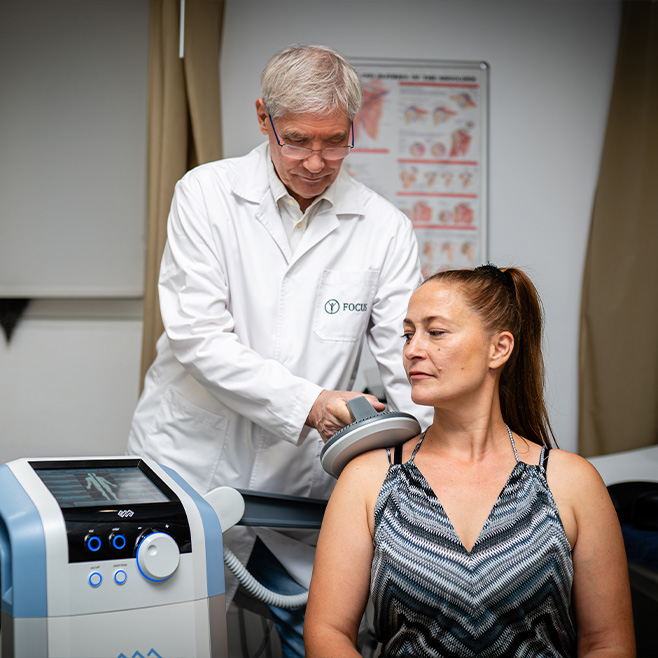
See the experiences of our satisfied patients who successfully recovered with the help of our physical therapy. Get acquainted with the testimonies of patients who faced various joint injuries, sports knee injuries, back injuries and similar problems, which we quickly, efficiently and successfully treated.
Knee pack now at a promotional price. Instead of 9,600.00 a complete package at a promotional price of 4,800.00 dinars. Take advantage of a unique opportunity and get rid of shoulder pain in an efficient and painless way.
The package includes 4 therapies, namely:
Call us!
A herniated disc is one of the most common spinal conditions that can significantly affect quality of life. The spine consists of vertebrae connected by intervertebral discs. These discs act as shock absorbers, allowing flexibility and movement of the spine. When a disc becomes damaged or displaced, its inner part can leak out and press on nearby nerves, causing pain and other symptoms.
Modern lifestyles, prolonged sitting, lack of physical activity, and poor posture contribute to the development of a herniated disc. Symptoms can vary depending on the location and severity of the problem but most commonly include back pain, numbness, tingling, weakness in the arms or legs, and even difficulty walking. The pain can be mild or severe and may worsen with certain movements or exertion.
If left untreated, a herniated disc can lead to serious complications, including permanent nerve damage. If you experience persistent pain, weakness in your limbs, or issues with bladder or bowel control, it is crucial to seek medical attention immediately. Early diagnosis and proper physical therapy can help relieve symptoms and prevent further complications.
Back pain is most commonly caused by physical activities or prolonged poor posture. Improper lifting or sudden movements can lead to serious spinal disc injuries.
A herniated disc occurs when the inner part of the disc pushes through its outer layer and presses on nerve roots. This pressure can cause back pain as well as pain radiating to the arms or legs, depending on which part of the spine is affected.
Symptoms such as tingling, numbness, and weakness in the limbs are often present with a herniated disc. Patients may experience reduced muscle strength, especially in the legs, making walking or standing difficult.
A lumbar herniated disc can cause pain that travels down the leg, known as sciatica. This pain is often severe and worsens when sitting, coughing, or making sudden movements.
In severe cases, problems with bladder and bowel control may occur, requiring immediate medical attention.
Morning stiffness of the spine, a sensation of pressure in the back after prolonged sitting or lying down, and reduced mobility when getting up are common symptoms of a herniated disc.
A herniated disc occurs due to damage to the intervertebral disc, which serves as a shock absorber between vertebrae. Disc damage can be caused by sudden movements, excessive strain, or degenerative processes.
There are several possible causes of a herniated disc:
Degenerative processes – Over time, discs lose elasticity and become more prone to rupturing. Disc degeneration can lead to thinning and loss of function, increasing the risk of herniation.
Excess weight – Additional body weight increases pressure on the spine, especially in the lumbar region, accelerating disc deterioration and potentially leading to a herniated disc.
Improper lifting techniques – Sudden movements and lifting heavy objects without engaging the leg muscles can place excessive strain on the spine and cause a disc herniation.
Weak back muscles and lack of physical activity – Poorly developed muscles that support the spine increase the load on the discs, making them more susceptible to injury.
Repetitive microtraumas – People engaged in physically demanding jobs or sports are often exposed to microtraumas that can gradually damage the discs and lead to herniation.
Genetic predisposition – Hereditary factors may play a role in connective tissue weakness, increasing the risk of disc damage.
Prolonged sitting and poor posture – A sedentary lifestyle and incorrect spinal posture increase pressure on the lumbar discs, which can lead to disc damage and protrusion.
The first step in treating a herniated disc is establishing an accurate diagnosis through clinical examination and diagnostic tests, such as MRI or CT scan. Based on the findings, the doctor may recommend the following treatment options:
What are the symptoms of a herniated disc?
Symptoms include back pain, numbness, tingling, and weakness in the arms or legs, depending on the location of the hernia.
How is a herniated disc diagnosed?
Diagnosis is made through a clinical examination and diagnostic tests, such as MRI or CT scan.
What are the treatment options for a herniated disc?
Treatment may include physical therapy, pain medications, corticosteroid injections, and, in severe cases, surgery.
Is surgery always necessary for a herniated disc?
No, most patients respond well to conservative treatments, and surgery is only necessary in severe cases when other treatments do not help.
How can I prevent a herniated disc?
Prevention includes maintaining proper posture, strengthening the back and abdominal muscles, avoiding heavy lifting, and leading a healthy lifestyle.
Disc herniation package from now on at a promotional price. Instead of 9,600.00 a complete package at a promotional price of 4,800.00 dinars. Take advantage of a unique opportunity and get rid of shoulder pain in an efficient and painless way.
4 therapies are included in the therapy package, namely:
Call us!
Therapeutic day (2 classic physical therapy procedures, hilt lasers, decompression table)
7.000 din -
5.500 din
7.000 din -
5.500 din
Spinal decompression TRITON table
4.000 din
4.000 din
Package - spinal decompression TRITON table
35.000 din
35.000 din
Cash
Through a current account
In installments through the PIO fund for pensioners
Electronic card (Visa, Master, Dina, etc.)




See the experiences of our satisfied patients who successfully recovered with the help of our physical therapy. Get acquainted with the testimonies of patients who faced various joint injuries, sports knee injuries, back injuries and similar problems, which we quickly, efficiently and successfully treated.
Aesthetic surgery
Focus Fizikal is a leading private clinic for physical therapy in Belgrade. For more than 10 years, we have been providing high-quality services that enable quick recovery and healing of our patients.
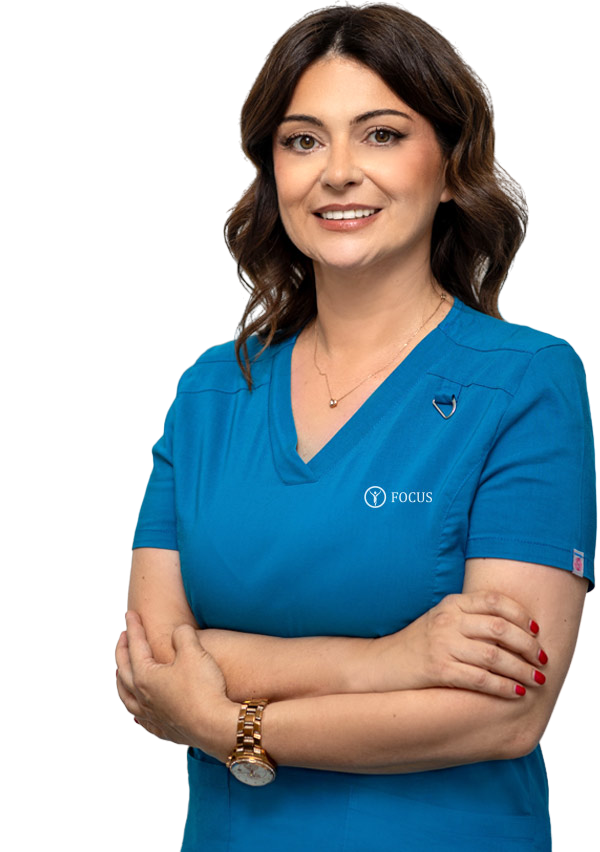
For all our current and future patients, we have made it possible to schedule an appointment online.